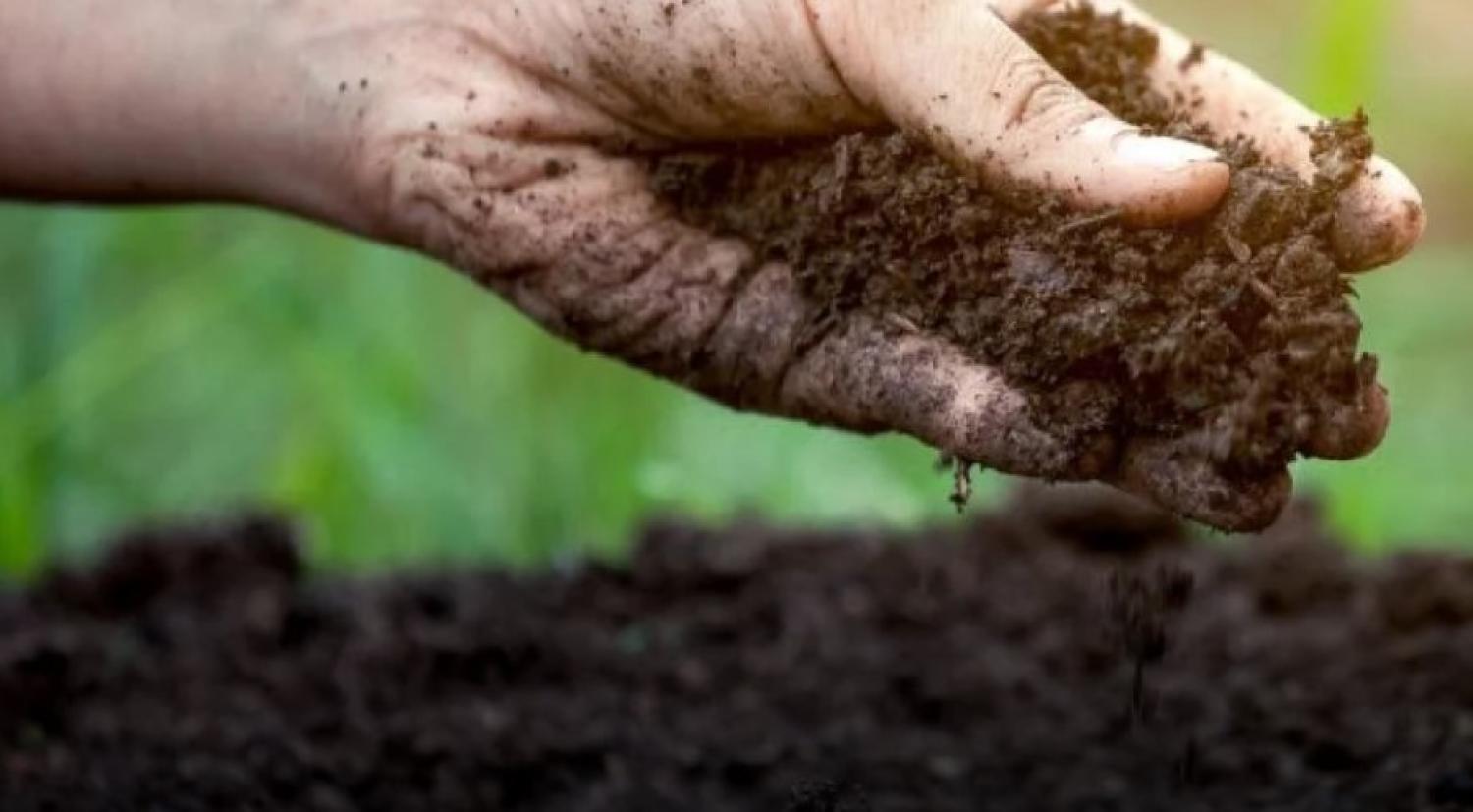Composting at CU – a student perspective

I grew up in Cleveland, Ohio, but a passion for sustainability drew me halfway across the country to CU Boulder. When I arrived here, I thought I had it all figured out. I recycled all my papers and plastics, used reusable containers and thrifted most of my clothes. However, shortly into my time on campus, I realized there was much more to being zero waste than I had ever expected. Composting was the sharpest learning curve.
Prior to moving to Boulder, I thought composting was just something that could be done on an individual scale to make soil using food scraps and yard waste.
There were a lot of things I didn’t realize about compost:
- Composting creates a nutrient-rich soil to be used instead of toxic fertilizers.
- Compost helps to reduce climate change.
- Compostables in landfills will create methane, a much stronger greenhouse gas than carbon dioxide.
- Landfills are often located in someone’s backyard, and that someone is often part of a low-income community that can’t escape from the smells, noise and runoff from landfill operations.
- Keeping material out of landfills will reduce the need to build landfills.
In spring 2023, Colorado’s composting guidelines changed. Previously, CU Boulder offered compost bins all over campus and accepted compostable paper towels and plastics along with food scraps and yard waste. With the changes, CU Boulder continues to compost food scraps and yard waste from campus operations. These were the majority of the items composted from our campus before the change. In 2022, CU Boulder composted approximately 23 tons per month of yard waste and 40 tons per month of food scraps.
If you live off-campus in Boulder, you can talk to your landlord about providing landfill, recycling and compost bins to help you manage your household waste sustainably. It is essential to know that compostable plastic and paper are not recyclable. If you have a number seven plastic and composting is unavailable, throw it in the landfill bin. Compostable plastics are common contaminants in recycling, and too many can make recycling unusable.
We are lucky to attend a school that prioritizes composting to dispose of waste. I hope this article helps build your understanding of composting and kickstarts your journey to being a compost lover!


